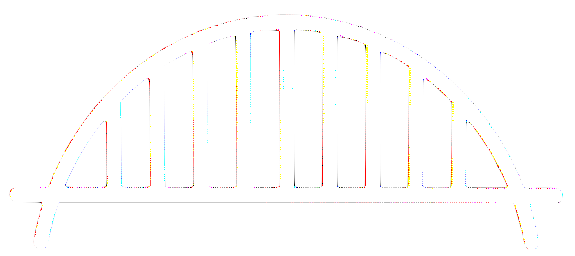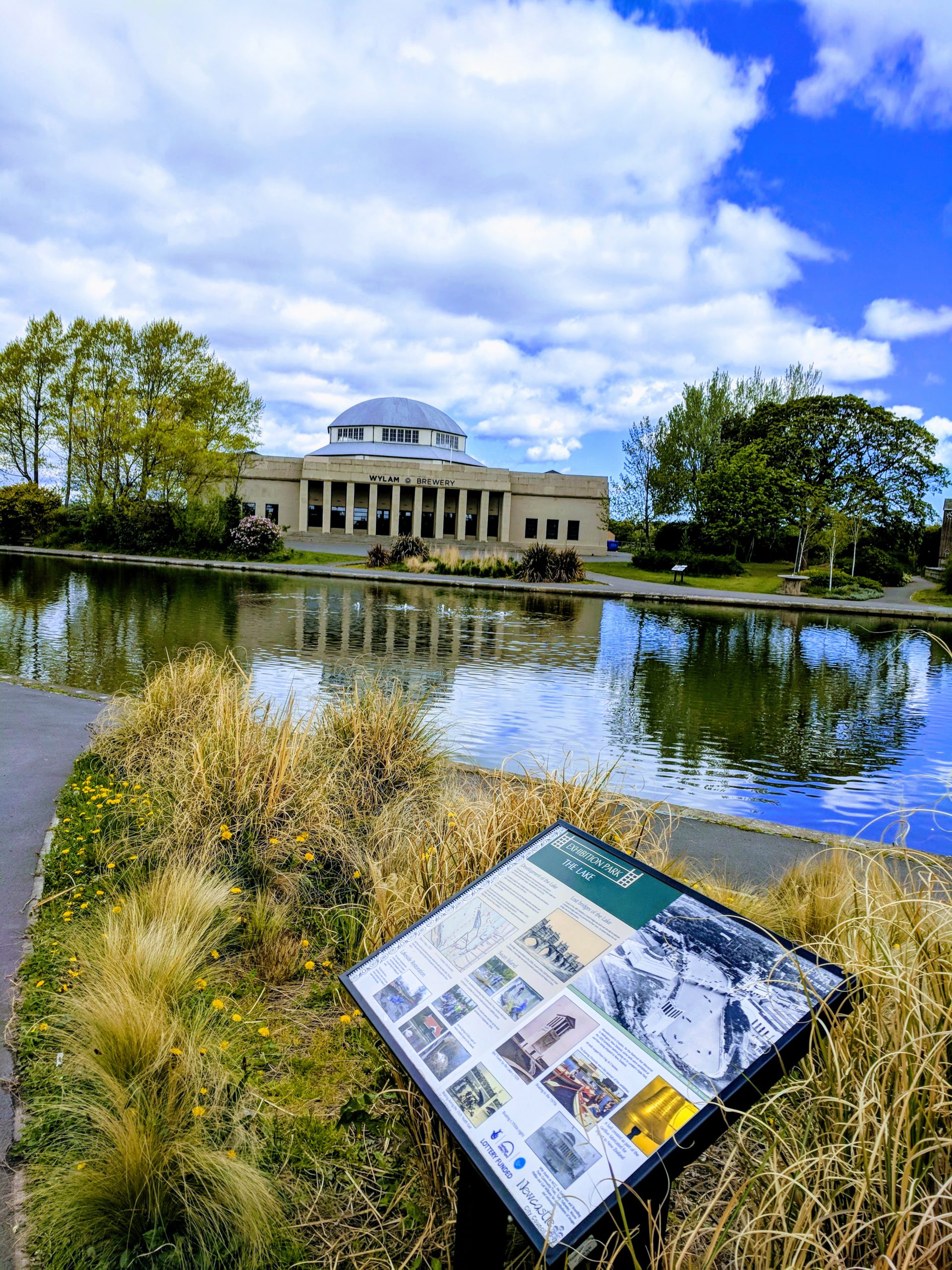Ecology in the Park
Wildfowl on the Lake
In 2014 the Exhibition and Brandling Parks Community Trust designed an island refuge for nesting swans, after an unsuccessful nesing attempt in the Sensory Garden in 2013.
Swans generally mate from spring through to summer, with cygnets being born anytime from May through to July
The lake also provides habitats for Moorhens, Coots, Great Crested Grebes and range of Duck and Geese.
Encouraging Bats
The lake currently supports high numbers of midges and other insects which bats enjoy feeding on. The park is home to both Common and Soprano Pipistrelle bats. Feeding prospects for bats have improved further by creating new habitats for invertbrates.
Encouraging Invertebrates
New planting across the park has included new trees and hedgerows and even herbaceous and wildflower planting which will provide shelter for invertebrates such as worms, spiders and insects. Invertebrates provide vital food for birds and ampibians such as frogs. Areas of longer grass have been left for more foraging opportunities.
Wildfowl on the Lake
In 2014 the Exhibition and Brandling Parks Community Trust designed an island refuge for nesting swans, after an unsuccessful nesing attempt in the Sensory Garden in 2013.
Swans generally mate from spring through to summer, with cygnets being born anytime from May through to July
The lake also provides habitats for Moorhens, Coots, Great Crested Grebes and range of Duck and Geese.

Encouraging Bats
The lake currently supports high numbers of midges and other insects which bats enjoy feeding on. The park is home to both Common and Soprano Pipistrelle bats. Feeding prospects for bats have improved further by creating new habitats for invertbrates.
Encouraging Invertebrates
New planting across the park has included new trees and hedgerows and even herbaceous and wildflower planting which will provide shelter for invertebrates such as worms, spiders and insects. Invertebrates provide vital food for birds and ampibians such as frogs. Areas of longer grass have been left for more foraging opportunities.



